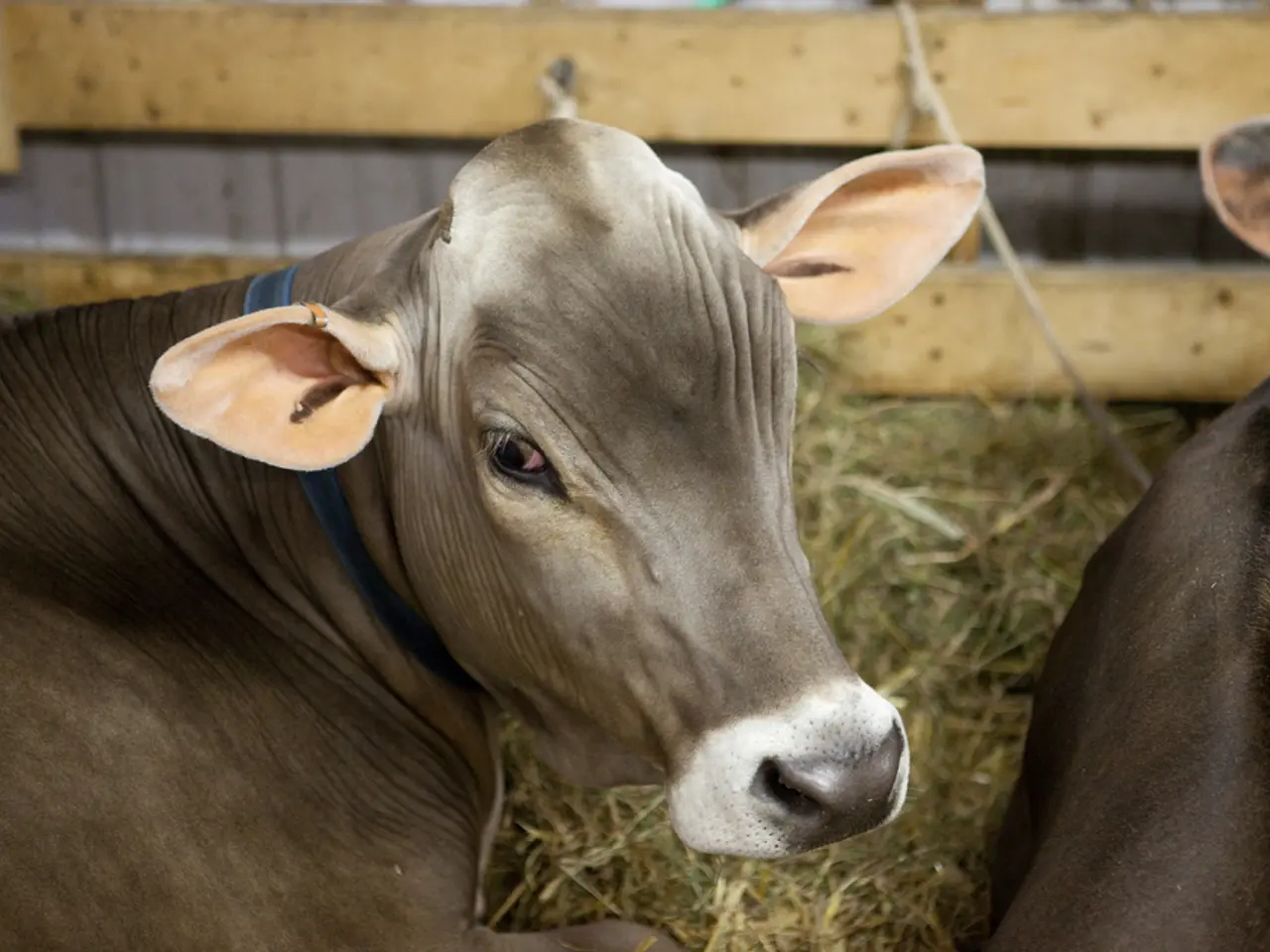Updated Certification Guidelines Released by PFLA
The Pasture for Life Association (PFLA) has announced the publication of the latest version of its certification standards, effective from July 23, 2020. The new standards, available on the Pasture for Life website (www.ourwebsite.com), aim to ensure the highest levels of animal welfare, health, and environmental sustainability in pasture-based farming systems.
The fourth version of the Pasture for Life Certification Standards now covers a wider range of ruminant species, including goats, bison, water buffalo, and farmed deer, in addition to cattle and sheep. This expansion reflects the growing importance of these species in pasture-based agriculture.
One of the key focuses of the new standards is the improvement of animal health and welfare. Breed selection will prioritize resilience traits such as parasite resistance, heat tolerance, and feed efficiency, reducing the need for medications and enhancing animal wellbeing.
Integrated parasite management is another crucial aspect of the new standards. This includes the introduction of targeted selective treatments (TST) for high parasite burdens, rotational paddock rest to disrupt parasite life cycles, and fecal egg count monitoring to slow anthelmintic resistance.
Stronger biosecurity and disease prevention measures are also a part of the updated standards. These include vaccination schedules tailored to regional disease challenges, quarantine and testing for purchased stock, and low-stress handling methods to reduce injuries and illness spread.
Pasture management has been given increased attention in the new standards. The emphasis is on optimising animal welfare and pasture condition through appropriate stocking densities, ongoing pasture rest and recovery periods, and rotational grazing systems.
Detailed farm and animal records are now required under the new standards, including individual identification and documentation of health, genetics, and grazing management. This transparency supports continuous improvement and traceability.
The new standards also place a stronger focus on environmental sustainability, promoting practices that enhance ecosystem services such as native grassland preservation, carbon sequestration, and biodiversity. These practices align with regenerative grazing principles.
The new Pasture for Life standards also include additional requirements for animal welfare, such as health planning, no prophylactic use of antibiotics, and guidelines for painful procedures like castration and dis-budding. The PFLA encourages diversity in pastures, particularly incorporating legumes and herbs, and a move away from monocultures.
The PFLA will not audit its certified members to these new standards until the end of September 2020. The use of glyphosate on land used by certified Pasture for Life enterprises is now prohibited, and allowed root crops and brassicas must be planted in a mix that includes at least one other species.
The new version of the Pasture for Life standards also includes certification for leather and fibres such as wool and mohair. The Pasture for Life rosette continues to guarantee 100% pasture-fed animals, natural farming methods, and high-quality meat, dairy, leather, and fibres.
These updates align with recent industry advances in sustainable grazing, genetic selection tools, and integrated health management to simultaneously improve farm productivity, animal welfare, and ecological outcomes. The expanded scope for multiple ruminant species also reflects diversification trends in pasture-based agriculture.
[1] Sustainable Agriculture Review, 2020 [5] Journal of Animal Science and Technology, 2020
- The updated Pasture for Life standards now require detailed records of farm and animal management, emphasizing transparency and traceability for sustainable-living, supporting the continuous improvement of soil health, animal welfare, and home-and-garden practices.
2.In line with regenerative grazing principles, the new Pasture for Life Certification Standards encourage a diverse range of plants in pastures, such as legumes and herbs, moving away from monocultures for improved soil health and environmental sustainability.




